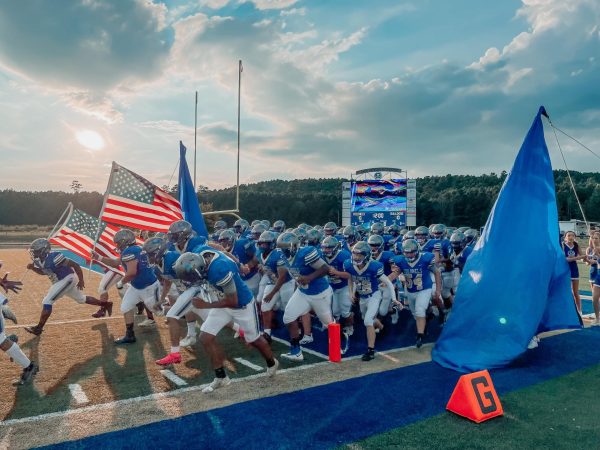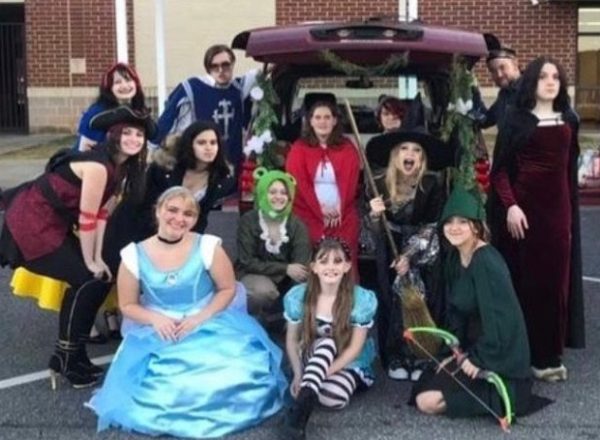A Day of Remembrance: Observing NASA’s Greatest Tragedies
“Ad Astra per Aspera—a rough road leads to the stars.” Last Thursday, January 28th, NASA opened their observation of Remembrance Day with these words. Remembrance day is a day honoring those who gave their lives for their country in the pursuit of reaching the stars. Astronauts live on the brink of the unknown and with that uncertainty comes great danger. Over the past 60 years, they have risked their lives to push the limits of human ingenuity and gather data to successfully leave this world behind. While we now regularly send people into space, the groundwork laid by early astronauts came at a heavy price.
Remembrance Day’s date, the third Thursday in January, was chosen in recognition of “three most devastating catastrophes in NASA’s history:” according to nasa.gov’s page on remembrance day.
The Apollo 1 Fire (Jan. 27, 1967):
Astronauts Gus Grissom, Roger Chaffee, and Ed White died during a launchpad test due to a fire in their pod. The fire’s source was never successfully identified but it is speculated that poor wiring and an oxygen-rich environment were key elements in its development. The astronauts were participating in a dress rehearsal for an orbital mission intending to gather data for possible missions to the moon.
The Challenger Tragedy (Jan. 28, 1986):
Seven minutes into the Challenger’s flight an explosion killed all seven of its crewmates. Francis Scobee, Mike Smith, Judy Resnik, Ellison Onizuka, Ron McNair, Greg Jarvis, and Christa McAuliffe lost their lives because of a fault in a booster joint referred to as an “O-ring”. For many, this was a tragic moment as America watched the rocket explode on live tv. I asked our very own teacher, Mrs. Armona, and she reminisced about the event, confiding that she had felt sad at the accident and loss of life. The accident also was responsible partly for her fear of airplanes.
The Loss of the Columbia (Feb. 1, 2003):
Rick Husband, William McCool, Michael Anderson, David Brown, Kalpana Chawla, Laurel Clark, and Ilan Ramon died during reentry into the Earth’s atmosphere as their shuttle was ripped apart due to damage to its heat shield. This damage was caused by, of all things, a piece of foam shed by the launch system that ripped through part of the wing of the craft. This tragedy solidified the danger of spaceflights and when shuttle test flights began anew after the Columbia’s fatal accident the new commander stated, “We’re still going to watch and we’re still going to pay attention. We’re never ever going to let our guard down.”
These three accidents accounted for the deaths of 17 crewmates and the loss of all three shuttles. They serve as a somber reminder of the dangers of space flight, and for the risk of pursuing the horizon. As NASA reflects on these events every year, they call for renewed efforts focused on the safety of their crewmates and the quality of their rockets.
This year’s Remembrance Day fell on the 55th anniversary of the Apollo 1 fire and was observed by all the major NASA facilities. NASA’s had various center commemorations, along with wreath-laying ceremonies starting at the Arlington at the Tomb of the Unknown Soldier and extending to the crewmates of all three accidents. They also had a panel discussing safety and lessons learned that was aired on NASA Television as a part of their promise to keep the safety of their astronauts as a top priority. Remembrance Day is an important reminder of the hardships of progress and the perseverance and determination of these heroes who marched forward despite the risks they knew they faced.













